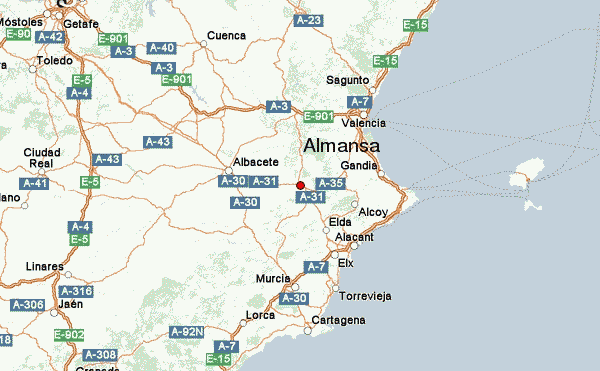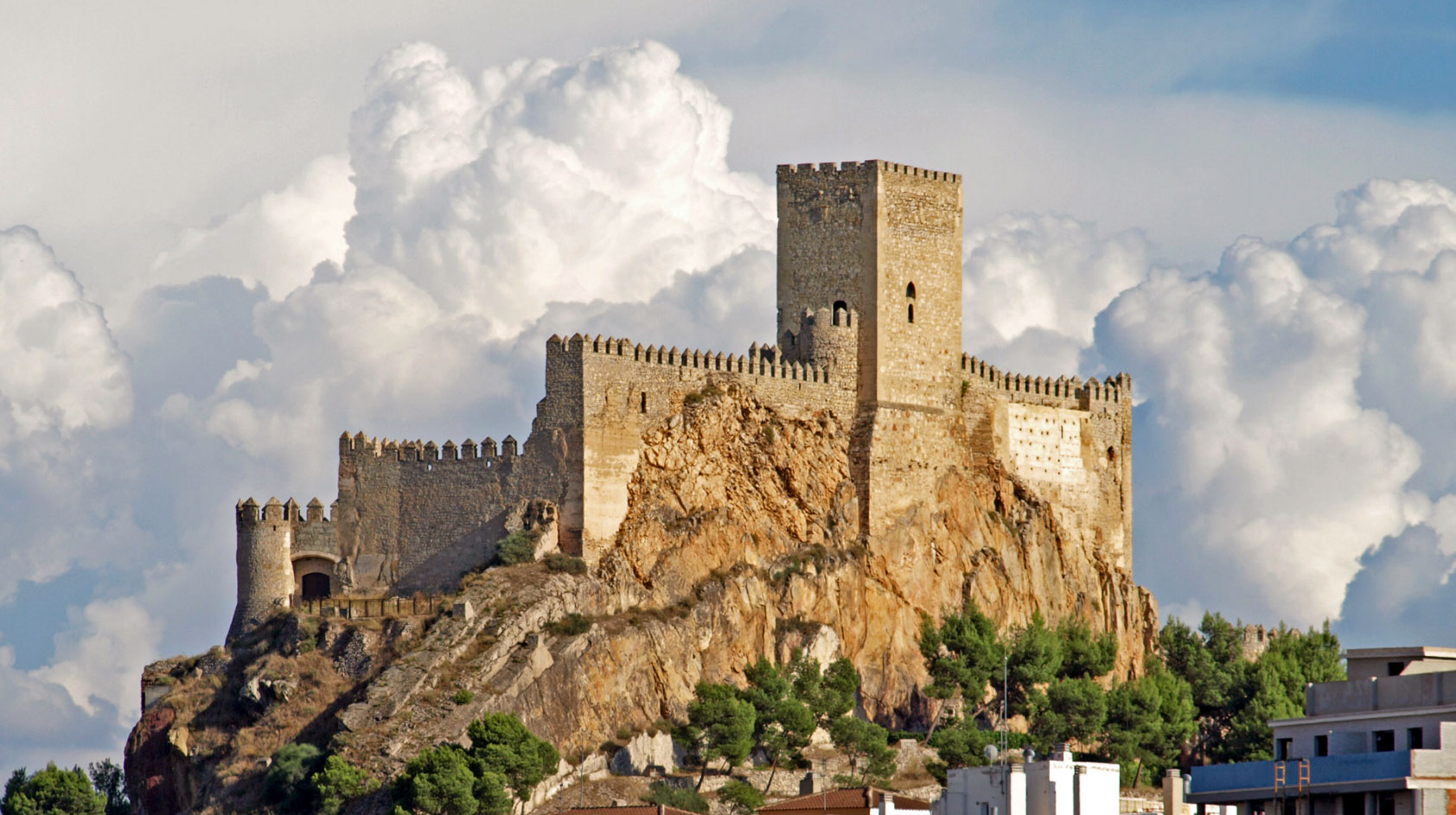Until the 16th century, the town’s shoemaking industry consisted mainly of family workshops and individual cobblers, and the related industries only covered a very neighbouring area.

These workshops were usually filled with a master with one or two apprentices.
With the development of transport, these shoemakers were able to sell their products in towns further afield. Some accumulated enough money and set up factories.
The fact that this town’s shoe industry had been able to rise to prominence has a lot to do with its location.
Almansa is located between Madrid, Alicante and Valencia, the big cities that are the main consumer of shoes.
This is very similar to Northampton, the capital of the English shoemaking industry.

Then the city also had many experienced merchants (muleteer) who transported the town’s goods to markets around the world.
The Coloma family can be considered pioneers of industrial production, and by 1904 the town was producing 87,000 pairs of shoes a year, thanks in part to the efforts of the Coloma family, and by 1906 this figure had surged to 1.3 million pairs!
Despite the large numbers, the town’s footwear production remained mainly for the Spanish domestic market until the First World War. During the First World War, the focus of all these shoe factories became the production of military boots, most of which were shipped to France.
Spain did not participate in the First World War, and due to its neutral status, Spanish companies traded with France throughout the war.
During this time, mechanisation developed at an astonishing rate.
After the war, Almansa continued to export many of its shoes to France, maintaining a high rate of growth.
As the wind and water turned, World War I made the town’s various shoe factories a fortune, but the Spanish Civil War took its toll. The turbulent times led to a sharp decline in the shoemaking industry, and to make matters worse, the people of the region emigrated in large numbers to escape the war, taking with them valuable shoemaking skills and experience.
Spain once again stayed out of the way during the Second World War, and the town’s shoe production slowly began to pick up again.
But it wasn’t until 1955 that Almansa’s shoemaking industry really came alive again, and new manufacturing techniques once again increased production.
However, with the economic crisis of the 1970s and the entry of cheap labour from developing countries into the international market, Almansa was again in the doldrums.
After Franco’s death, Spain became a member of the European Union in 1985, which gave the town a new lease of life.
Almansa’s shoemaking business had its ups and downs in the 1990s and early 2000s.
The shoemaking industry in Almansa is now smaller but more solid than before. It is the cradle of many newly setup brands all over the world.


L&T SoH JFP共用的厂就在这个区
在这个地区并没有令人惊奇的,但是您爆的料真是太棒了!